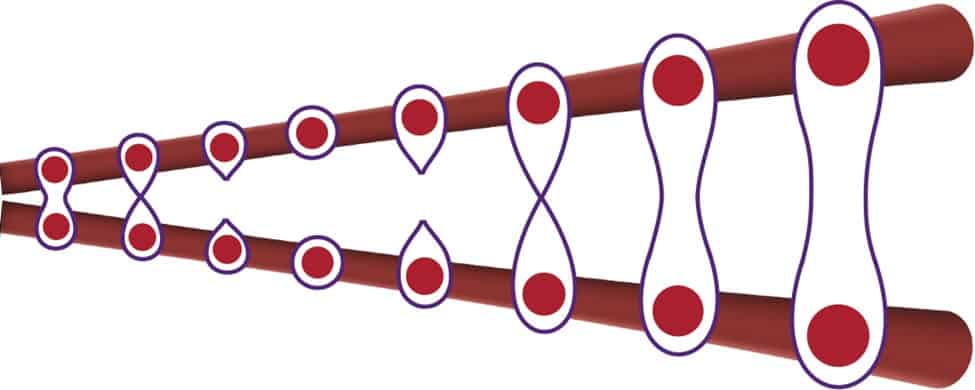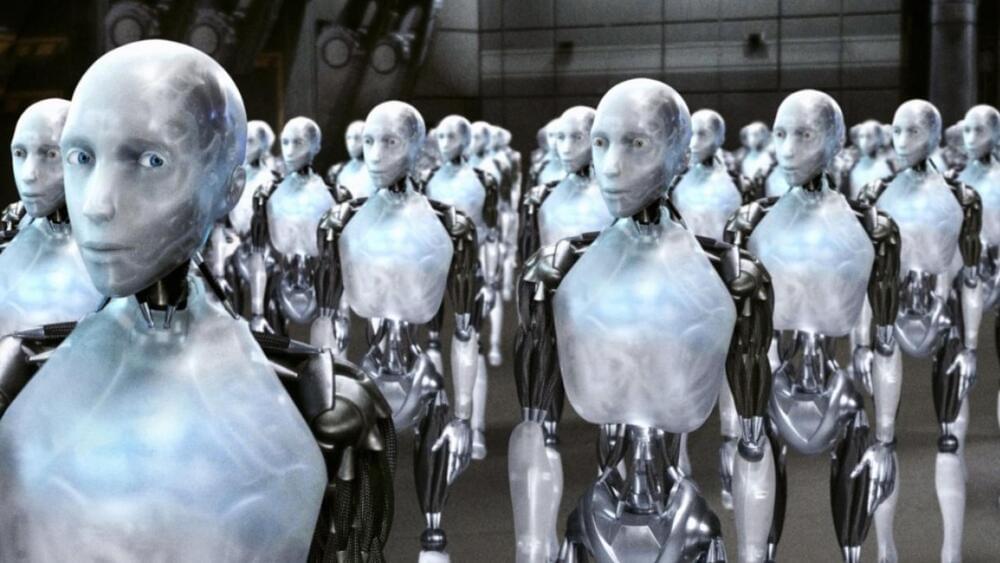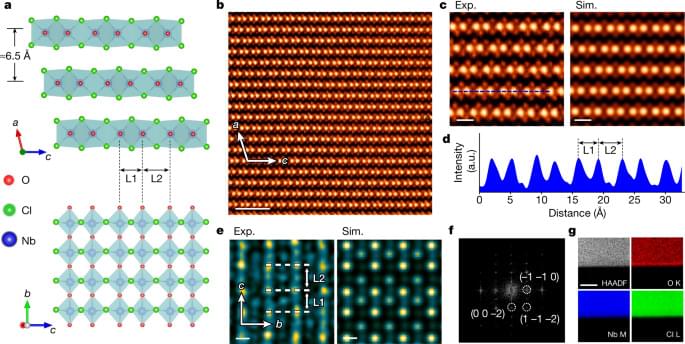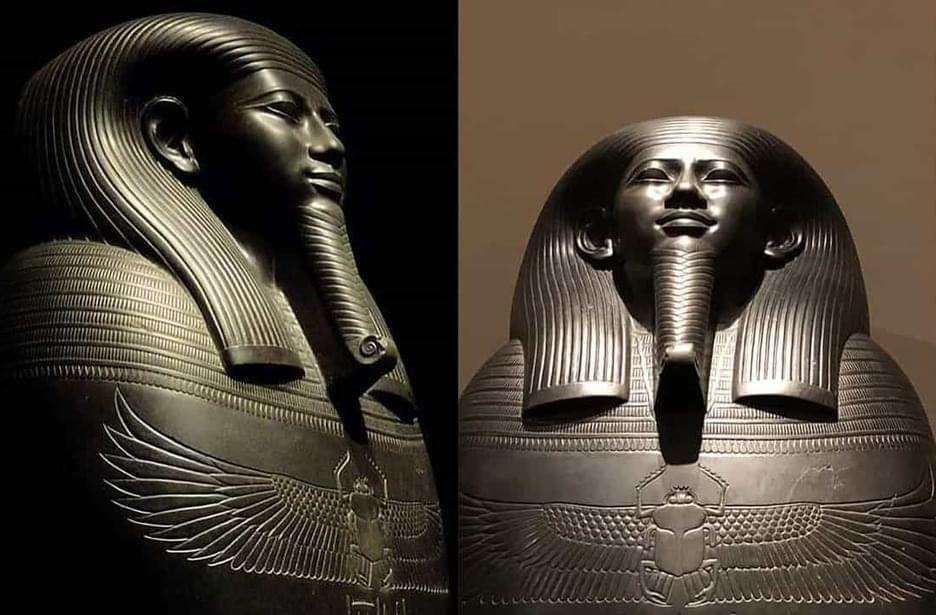Some predict that in the future we’ll work in virtual worlds, but others are not convinced.



I love it.
Why would a crow need a train ticket? To be honest, we’re not really sure but that didn’t stop one eager bird attempting to purchase a ride from a ticket machine at Tokyo’s Kinshichō Station.
Twitter user @kinoshi42155049 posted a video of the inquisitive crow having a nosey around the ticket machine before it hopped across to the adjacent machine, stole a woman’s credit card, and tried to slot it into the card reader. It didn’t quite succeed in its mission to buy the ticket but it came impressively close.

Generating, losing and reviving entanglement
In their experiment, the researchers generated entangled photons by sending light from a high-power “pump” laser into a nonlinear crystal. Under conditions where the photons’ energies and momenta are conserved, one pump photon will produce two entangled photons in a process called spontaneous parametric down conversion (SPDC). The two photons are entangled in all their properties. If a photon is detected at one location, for example, the position of the other entangled photon is automatically determined. The correlation exists for other quantities as well, such as momentum, angular position and orbital angular momentum.
As seen through the witness without any corrective measures, the researchers observed that position entanglement between photons disappears after about 4 cm of propagation. On the other hand, something interesting happens for angular-position entanglement. It disappears after about 5 cm of propagation, but after the photons have travelled another 20 cm, entanglement appears again (see figure). The researchers corroborated their experimental results qualitatively with a numerical model.
A team of researchers at the University of Minnesota Twin Cities has uncovered a way to manipulate objects using ultrasound waves, paving the way for contactless movement in industries like manufacturing and robotics without the need for an internal power source.
The findings have been published in the peer-reviewed journal Nature Communications.
<em>Nature Communications</em> is a peer-reviewed, open-access, multidisciplinary, scientific journal published by Nature Portfolio. It covers the natural sciences, including physics, biology, chemistry, medicine, and earth sciences. It began publishing in 2010 and has editorial offices in London, Berlin, New York City, and Shanghai.

The biggest obstacle is that each robotics lab has its own idea of what a conscious robot looks like. There are also moral implications to building robots that have consciousness. Will they have rights, like in Bicentennial Man?
Considerations about conscious robots have been the domain of science fiction for decades. Isaac Asimov wrote several novels, including I, Robot, that examined the implications from the perspectives of law, society, and family, raising a lot of moral questions. Experts in ethical technology have considered and expanded upon these questions as scientists like those in the Columbia University lab work toward building more intelligent machines.
Science fiction has also brought us killer machines like in The Terminator, and conscious robots sound like a good way to have some. Humans might learn bad ideas and act upon them, and there is no reason to believe that robots will not fall into the same trap. Some of science’s greatest minds have warned against getting carried away with artificial intelligence.


In episode 220 of the Stem Cell Podcast, we chat with Dr. Michael Levin, the Director of the Allen Discovery Center and a Distinguished Professor of Biology at Tufts University. He talks about regenerating frog legs, using bioelectricity to direct development, and the potential applications of xenobots.
Roundup Papers:
1) https://go.nature.com/3NR8aaG
2) https://go.nature.com/3NFeGkT
3) https://bit.ly/39tYFiM
4) https://bit.ly/3HrKY0g.
0:00 Intro and Roundup.
38:41 Guest Interview.
#RegenerativeMedicine#MichaelLevin #Xenobots.
Listen on iTunes: https://apple.co/2T8BhPA
Listen on Stitcher: https://bit.ly/3hGwsGA
Listen on Spotify: https://spoti.fi/3xFdENP
Official Website: https://stemcellpodcast.com/
Enjoy the other episodes in our full series playlist here: https://bit.ly/3HdhWzW
Find the podcast on social media!
Follow us on Twitter: https://bit.ly/3pbfC65
Like us on Facebook: https://bit.ly/3LOu1Po.
Follow us on LinkedIn: https://bit.ly/3IeRCXb.
This podcast is brought to you by STEMCELL Technologies!


Gemenefherbak was a vizier. As such, he was responsible for justice, a function symbolized by the pendant picturing the goddess Maat on his collar.
The chest is protected by a winged scarab, a personification of the reborn morning sun. On the back of the Sarcophagus, the deceased is shown twice worshiping the Djed-Pillar, a symbol of Osiris, lord of the underworld.
In spite of the size of the object and the hardness of the stone, the sculptors express all their virtuosity in the polish of surfaces and in a sophistication of detail that is typical for the 26th Dynasty.